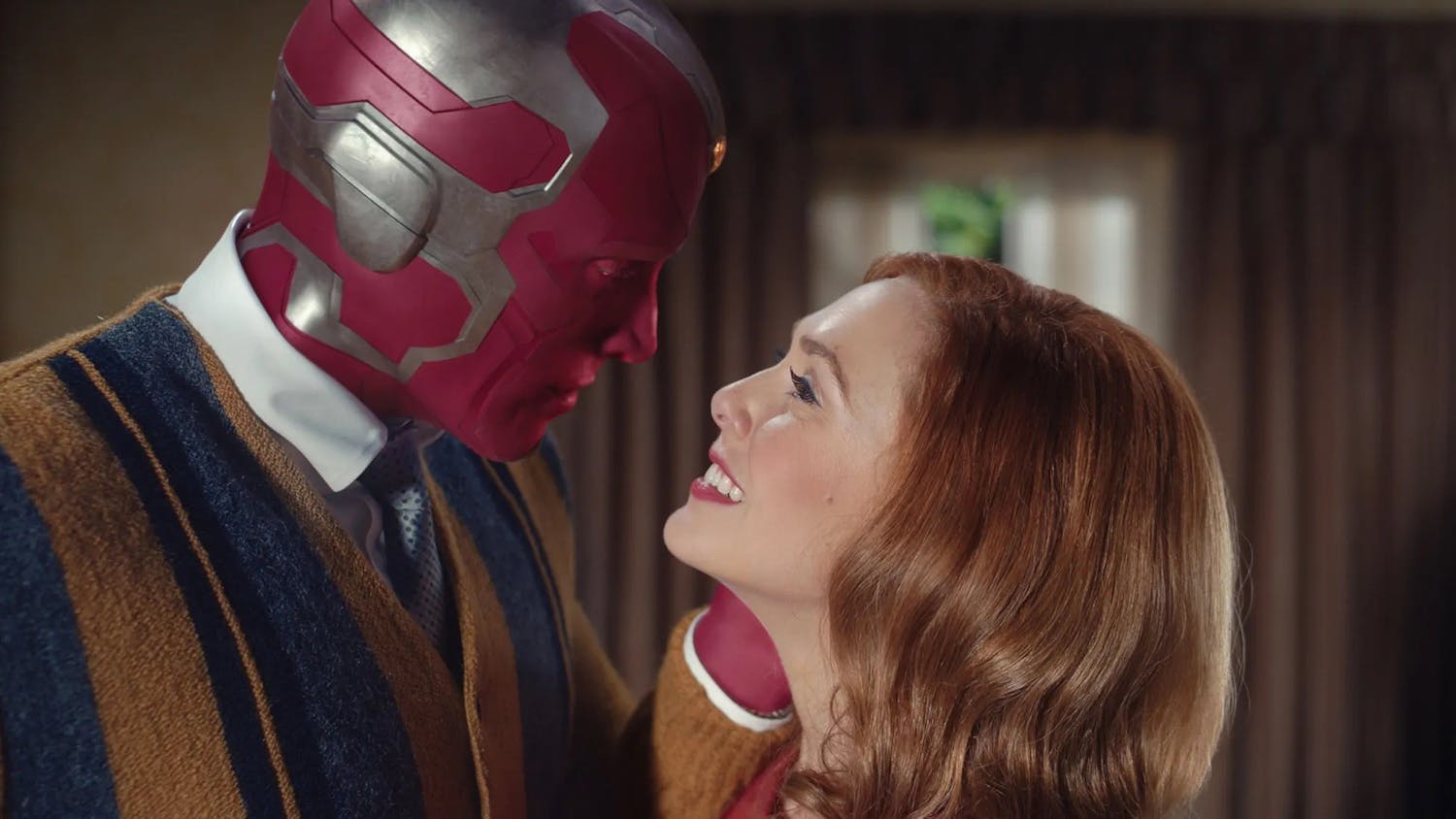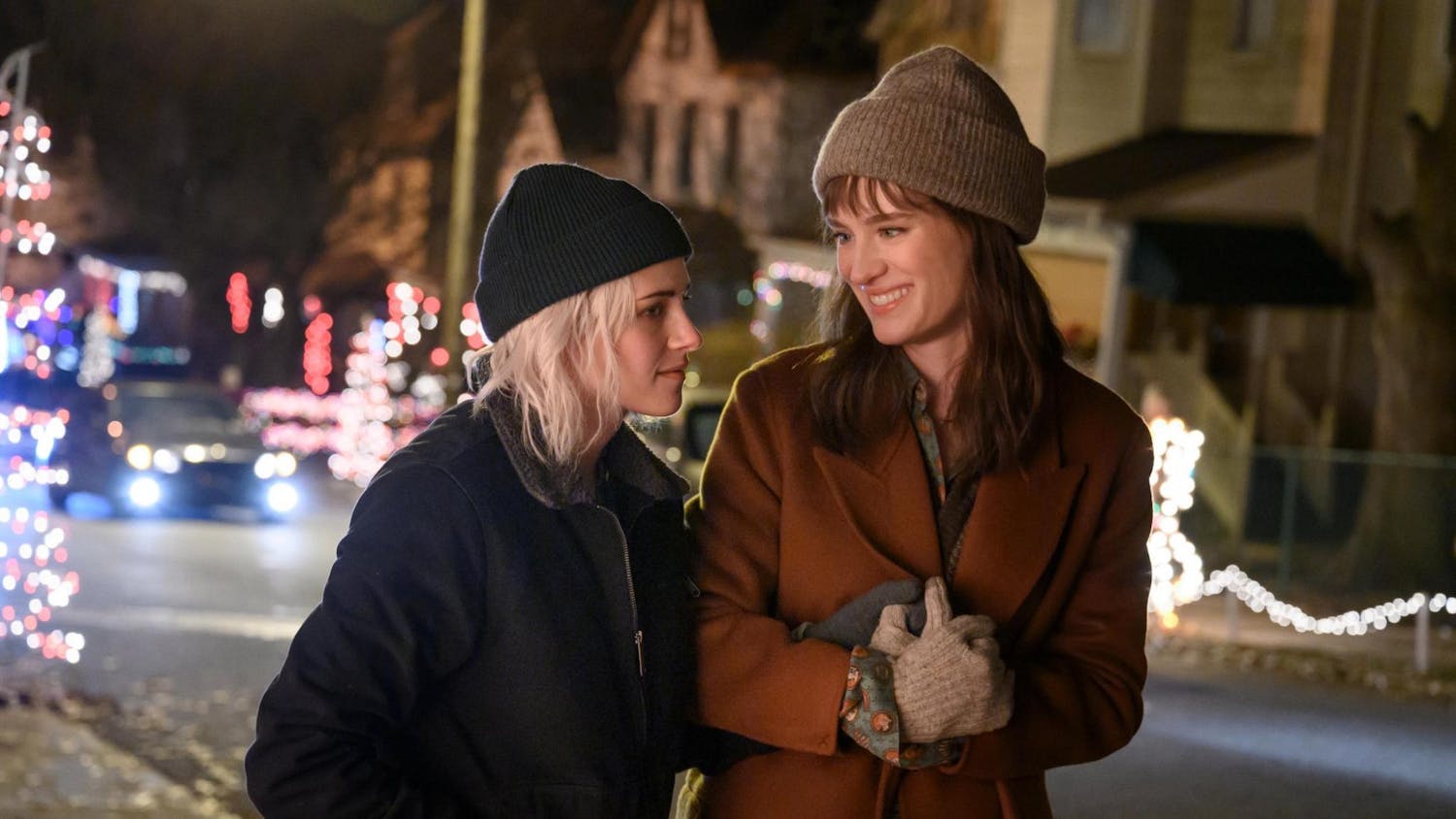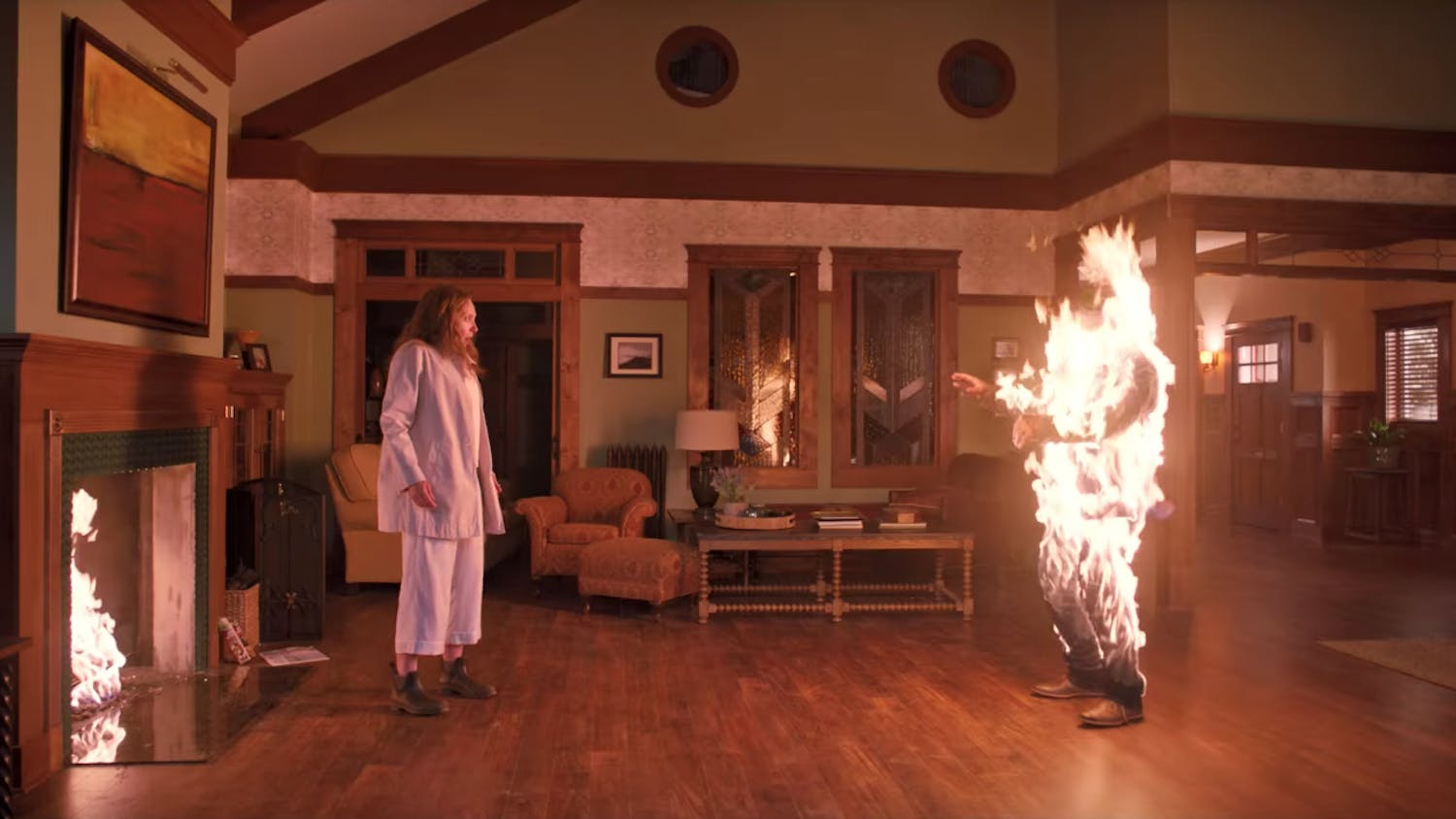Why a period film set in rural Germany just prior to World War I, and why now? ""The White Ribbon,"" the latest from Austrian director Michael Haneke, has loomed large in the film community's collective consciousness for many months now (it won the Palme d'Or at the 2009 Cannes Film Festival). The film recently kicked off its first theatrical run here in the U.S., where Haneke is already something of an established entity—you might know him as the director of 2005's ""Caché"" or 2008's ""Funny Games."" Haneke, whose three favored vibes are grim, bleak and stern, can finally wear the crown as contemporary cinema's king of the über-serious: ""The White Ribbon"" is his most intellectually satisfying work to date.
""The White Ribbon"" follows a small and intensely Protestant village as it struggles to comprehend a series of seemingly motiveless crimes committed there on the eve of Austrian Archduke Franz Ferdinand's assassination in 1914. (Crime without a clear culprit is familiar territory for Haneke: ""Caché"" dealt with similar though less immediately violent material.) The story's narrator, a schoolteacher who we later learn was drafted to fight in the ""war to end all wars,"" says he's revisiting the events depicted in ""The White Ribbon"" to understand what happened to Germany between the two world wars. Every critic who has engaged this movie has noted that the children of ""The White Ribbon""—most of the characters are preteens—will be in their early 30s when Hitler is appointed chancellor of the Weimar Republic in 1933. The specter of the Third Reich permeates ""The White Ribbon,"" a phenomenon that's all the more remarkable when one considers that, at the time of the film's story, the National Socialist Workers Party is five years away from being founded.
Despite the movie's long duration (a hair under 150 minutes), ""The White Ribbon"" puts its viewer in a curious kind of stranglehold. The film's mise-en-scène is cleverly arranged—for example, a sliver of a figure is frequently placed in the foreground at the edge of the frame, thereby enhancing one's sense of the camera's position in relation to the objects it's observing. But there are also periodic flourishes of sledgehammer aesthetics, such as the images of figures leaving buildings, frontally framed to accentuate the harsh geometry of the village's architecture. Like in some of the more memorable moments in ""Caché,"" cast shadows are married to the sounds of ambiguous activity and whimpering children, conjuring a mood of profound unease. At one point the village's doctor remarks philosophically that ""beauty has to suffer"": word up, Doc.
This stark visual style and the film's choice of Puritanism as the primary target of its oblique critique have led some to compare ""The White Ribbon"" to the work of Carl Theodor Dreyer and Ingmar Bergman. But ""The White Ribbon"" is neither as metaphysical as Dreyer's ""Day of Wrath"" nor as private as Bergman's ""Winter Light,"" the two films by those directors that it most closely resembles. Instead, the movie asks its own set of questions distinct from those posed by Haneke's Scandinavian predecessors.
""The White Ribbon"" challenges the myth of childhood innocence by wondering aloud whether its characters were born malicious or became that way as a result of their repressive upbringings. The hands of the cruel grown-ups are hardly cleaner than those of the youths who are likely responsible for the story's vicious crimes. ""Why don't you just die?"" a man asks his emotionally out-of-sorts mistress. A blue-collar type hangs himself in his shed, but nobody seems to care much. The local pastor's idea of a good Christmas gift is to stop binding his son to bed each night. The kids of ""The White Ribbon"" aren't all right, but that's largely because they've inherited quite a bit of baggage from solemn Mom and whip-wielding Dad. In 30 years, the extent of the elder generation's sins would become approximately seventeen million times more apparent. The film's historicism serves to remind us that the young will be another generation's parents soon enough: pretty good incentive to be self-critical, no?





